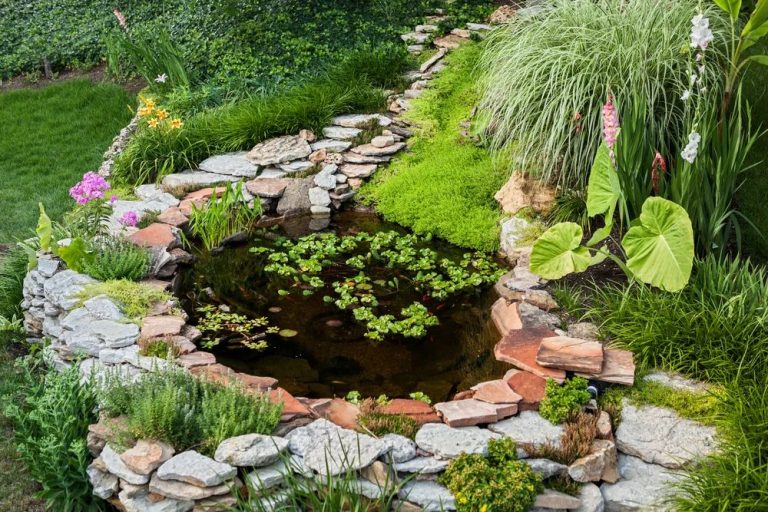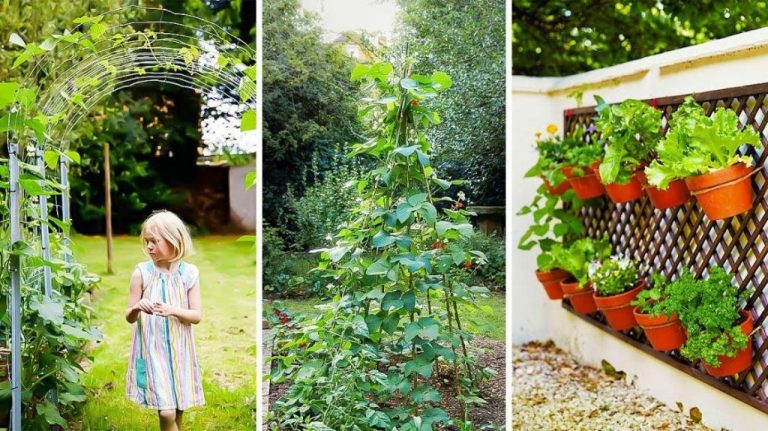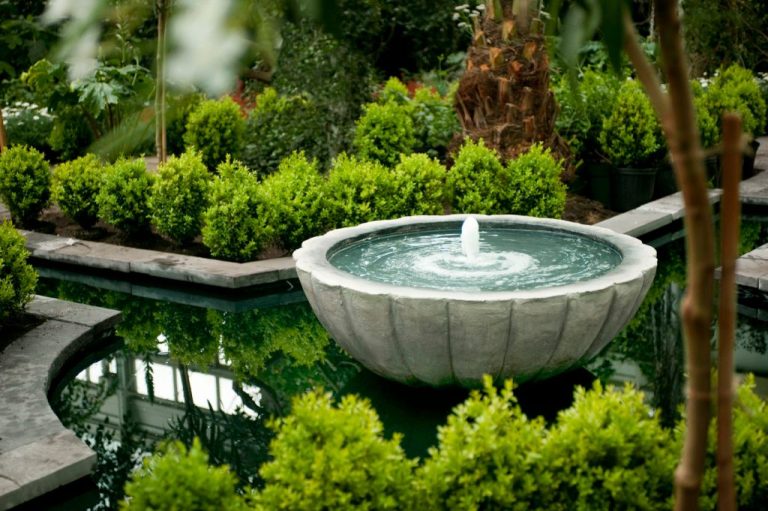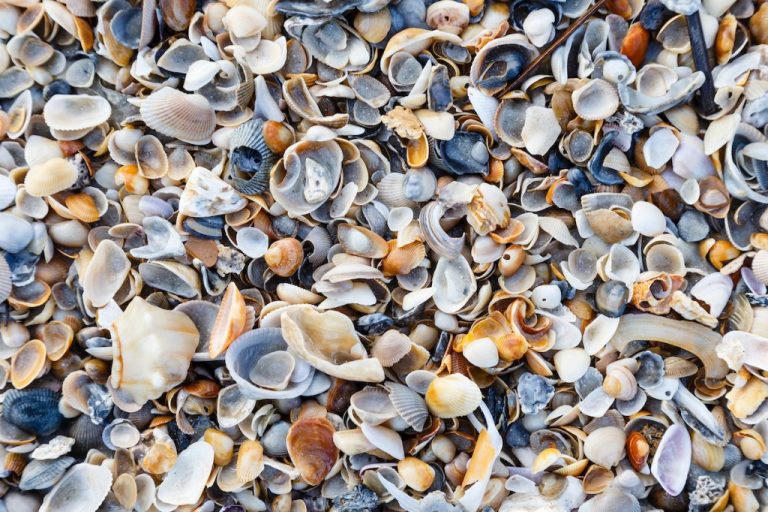Xeriscaping: Designing Drought-Tolerant Gardens
Xeriscaping is the process of landscaping or gardening that reduces or eliminates the need for irrigation (https://en.wikipedia.org/wiki/Xeriscaping). It involves using drought-resistant plants, efficient irrigation techniques, and design practices that conserve water. Xeriscaping is promoted in regions with low rainfall to help reduce water usage.
The goal of xeriscaping is to create an attractive, low-maintenance landscape that thrives under local conditions with little supplemental water (https://www.nationalgeographic.org/encyclopedia/xeriscaping/). It can significantly cut back on irrigation needs, helping homeowners and communities conserve water, especially in times of drought.
Xeriscaping utilizes a variety of techniques:
- Choosing native plants that are already adapted to the local climate
- Grouping plants with similar water needs together
- Using water-efficient irrigation like drip systems
- Mulching to reduce evaporation
- Minimizing grass lawns
The benefits of xeriscaping include lower water bills, reduced yard waste, and less time spent on maintenance. It provides an opportunity to create a unique landscape suited to the local environment. With proper design, a xeriscape can be just as attractive as a traditional landscape.
Assessing Your Yard and Climate
Properly assessing your yard and local climate is a crucial first step when planning a xeriscape garden. Carefully evaluating factors like sunlight exposure, soil condition, drainage, average rainfall, and typical weather patterns will inform key garden design decisions. According to the landscape site analysis checklist from the University of Florida [1], here are some things to examine:
- Sunlight – Note the areas that get full sun versus shade and times of day each area is lit. Gardens usually need at least 6 hours of direct sunlight for most plants.
- Soil – Test the soil pH, nutrients, and drainage. Drainage is especially important for xeriscapes.
- Topography – Note sloped areas where soil may erode.
- Local rainfall – Check average annual totals and the wet vs. dry seasons.
- Hardiness zone – Determine what plants and conditions your climate can support.
- Wind exposure – Check if certain areas get more wind than others.
- Irrigation – Evaluate options and existing systems like sprinklers or drip.
Recording sun/shade patterns, your hardiness zone, soil drainage speed, and other details will make plant selection and garden design much easier. Sites with sandy soil may need more drought-resistant choices than clay-heavy areas, for example. Tailoring your xeriscape to the specific conditions in your yard will set it up for success.
Selecting Drought-Resistant Plants
When designing a xeriscape garden, it’s important to choose plants that are well-adapted to drought conditions. Focus on selecting native plants, succulents, grasses, bushes and trees that require little water once established.
Some excellent options for xeriscaping in many regions include:
- Succulents like sedum, agave and aloe
- Ornamental grasses like muhly grass or blue fescue
- Low-water shrubs like lavender, sage and rosemary
- Small trees like crape myrtle, redbud and desert willow
Consider the specific climate conditions in your area such as rainfall, sun exposure, wind, and winter lows when selecting plants. Choose a mix of evergreens and deciduous plants to provide year-round interest. Favor native species that are naturally adapted to the local environment.
The key is to select plants with low water needs once established. Avoid thirsty exotics or traditional lawn grasses. With the right plant selection, you can create an attractive, lush landscape that thrives on little supplemental water.
Resources like PlantNative.org and your local extension office can provide recommendations for excellent xeriscape plants for your region.
Efficient Irrigation
Proper irrigation is critical for maintaining a thriving xeriscape while still conserving water. The most efficient irrigation methods for xeriscaping include drip irrigation and targeted sprinklers on timers:
Drip irrigation delivers water directly to plant roots through a network of thin tubes or hoses with small drippers. This targets water to each plant’s needs while avoiding evaporation or runoff. Drip irrigation in xeriscaping uses 30-50% less water than conventional sprinklers.1
Sprinklers can also be effective if designed correctly. Use targeted micro-spray heads or rotating spray jets to water specific zones based on plants’ water needs. Group plants with similar needs and avoid watering pavement. Set sprinklers on automatic timers to provide the right amount of infrequent, deep watering.2
When setting watering schedules, water early in the morning to reduce evaporation. Adjust the schedule seasonally, increasing frequency in summer and decreasing in winter. Most xeriscape plants need irrigation just 1-2 times per week after establishment.
Consider using graywater from sinks, showers, or washing machines to irrigate ornamental plants. Always use drip irrigation with graywater to avoid contact.
Using Mulch
Mulch is an essential component of xeriscaping for its many benefits to soil and plants. Mulch helps retain soil moisture and moderates soil temperature by insulating plant roots from extreme heat and cold (https://resourcecentral.org/mulch-the-fifth-xeriscape-principle/). It also suppresses weeds, reduces erosion, and replenishes soil as it decomposes.
Organic mulches such as wood chips, shredded bark, and leaves are excellent choices for xeriscapes. Inorganic options like gravel, crushed stone, and rubber are also suitable. Recommended mulch depth is 2-4 inches. Take care not to over-mulch right up against plant stems and trunks, which can cause rotting (https://planttalk.colostate.edu/topics/water-wise-xeriscape/1905-xeriscape-mulches/).
Mulch will need occasional replenishment, especially finer materials like bark and wood chips. Rake and fluff the mulch annually to prevent compaction. Remove weeds as they emerge before they go to seed. Supplement mulch that has broken down significantly.
Hardscaping and Design
Hardscaping elements like rocks, gravel, paths, and decking can play an important role in designing an attractive and functional xeriscape. Gravel and rocks help limit evaporation and retain moisture in the soil. Rainwater can collect in the spaces between stones and penetrate the ground below. Using native stone in hardscapes also provides a natural, regionally appropriate look.
For example, a xeriscape design might incorporate a stone walking path made from local flagstone winding through ornamental grasses and succulents. Or a pebble garden surrounded by boulders could become a textured focal point. Consistent materials throughout the yard can tie the design together; opting for all native rock accents creates cohesion.
Other ideas include a gravel “river bed” flowing from the house to the back fence or a simple stone patio for outdoor living spaces. Always select porous materials to allow the soil to retain as much moisture as possible. Take care to design proper drainage as well so puddles don’t accumulate.
Well-planned hardscaping creates structure and visual interest in a xeriscape while also serving practical functions like efficient irrigation and moisture retention. Thoughtfully designed paths, patios, and rock elements elevate a drought-tolerant landscape into an inviting, aesthetic space.
For more xeriscape design inspiration, see:
https://www.pinterest.com/wuiw/xeriscape-landscaping/
Maintaining a Xeriscape
While xeriscapes require less maintenance than traditional lawns, they still need regular care and attention to thrive. Here are some tips for maintaining a healthy, attractive xeriscape:
Weed control is important in xeriscapes. Weeds compete with other plants for the limited water supply, so should be promptly removed. Go through the yard regularly and pull weeds. You can also use mulch to suppress weeds.
Most plants in xeriscapes are perennials, trees, and shrubs, which require occasional pruning. Prune plants in early spring or winter to promote new growth and maintain shape. Remove dead or damaged branches at any time.
Apply a thin layer of organic compost or slow-release fertilizer in early spring to provide nutrients. Take care not to over-fertilize, which can cause excessive growth requiring extra water.
Adjust irrigation seasonally, providing more water during hot, dry periods and less in cool or rainy times. Inspect sprinklers periodically for clogs or malfunctions. Repair leaks right away.
In autumn, trim back perennials and cut ornamental grasses to the ground. Rake and remove debris to minimize disease.
Troubleshooting Common Issues
Xeriscapes can run into issues just like any other garden, but with some vigilance, most problems can be avoided or addressed. Here are some common troubleshooting tips for xeriscape gardens:
Pest Management
Certain insects like spider mites may be attracted to the heat-tolerant and drought-resistant plants in a xeriscape. Monitor plants regularly for any pest infestations. Remove heavily infested leaves or branches. Introduce beneficial insects like ladybugs or green lacewings to naturally control pests. Use neem oil or insecticidal soaps instead of harsh pesticides. Mulching and maintaining plant health and vigor will also deter pests.
Dealing with Dead Plants
Even drought-tolerant plants can occasionally die, especially in extreme conditions or improper growing conditions. Remove dead plants promptly before they become pest breeding grounds, and replace them with another suitable xeriscape plant. Improving soil, adjusting the watering schedule, and providing shade or sun protection may prevent more deaths.
Drainage Problems
Poor drainage is one of the most common issues in xeriscapes. Check drainage during the design process by digging holes and filling with water to see the percolation rate. Improve drainage by amending soil with compost or sand, planting on berms or slopes, installing French drains or drainage pipes, and using gravel or crushed rock mulch. Drought-tolerant plants don’t tolerate wet feet.
Cost Savings
One of the main benefits of xeriscaping is the cost savings from reduced water usage and maintenance expenses. Xeriscape yards require much less water than traditional lawns and gardens, with estimated savings ranging from 30-80%, depending on your climate and current landscaping (California Department of Resources Recycling and Recovery). For example, a household may cut their annual water bill from $1200 for a traditional lawn down to $600 with xeriscaping. This adds up to thousands of dollars saved over the lifetime of the landscape.
In addition to lower water bills, xeriscaping requires less frequent mowing, weeding, pruning, and other maintenance. The drought-resistant plants are adapted to thrive with minimal care. Less time spent watering, mowing, and tending the yard translates directly into cost savings on your labor, tools, gas, etc. According to LawnLove, a typical xeriscape can reduce yearly maintenance costs by $200-1000 compared to traditional landscaping (LawnLove). The long-term savings really add up when you account for reduced water usage, simpler maintenance, and less frequent replacements.
The upfront investment into quality materials and design is well worth it considering the ongoing savings from xeriscaping. With strategic plant selection and efficient irrigation, you can create an attractive, low-maintenance landscape that will save you time and money for years to come.
Additional Resources
There are many educational resources available for learning more about xeriscaping and designing drought-resistant gardens:
Books:
- The Art of Xeriscape by Ross and Denise Nilsen provides an in-depth guide to xeriscape principles and design.
- Water-Wise Plants for Sustainable Gardens by Lauren Springer Ogden and Scott Ogden highlights well-adapted plants.
- The Dry Gardening Handbook by Olivier Filippi covers dry climate plants and gardening techniques.
Websites:
- XeriscapeNM provides xeriscaping resources specific to New Mexico’s climate.
- Colorado State University Extension offers xeriscaping guides for Colorado’s high plains region.
- University of Arizona Cooperative Extension has xeriscaping resources tailored to Arizona.
Online courses:
- Cornell University’s Plant Science Certificate includes courses on sustainable and ecological landscaping.
- EdX offers a self-paced Sustainable Landscape Construction and Management course.
- Coursera has a Gardening with Native Plants Specialization.





